In opposition to her physique, pianist Martha Argerich is among the musical giants of the century, which explains the masses who poured in to see her perform Ravel’s Piano Concerto in G with the San Francisco Symphony in three sold-out shows.
The audience may have come for Argerich, but they also discovered a musical jewel: the Requiem by Romanian composer György Ligeti. The program opened with a late Renaissance choral work entitled “In eccelsiis” by Giovanni Gabrieli, and closed with an early romantic tone poem called “Lament and Triumph” by Franz Liszt.
Ancient Music for Chorus
For Gabrieli’s music, San Francisco Symphony chorus director Ragnar Bohlin chose to break up the singers into three groups standing on stage and along the aisles on either side of the audience. This created a multidimensional flow of sound similar to the acoustics of a cathedral—the setting in which the music was originally meant to be performed.
The instrumental accompaniment in Gabrieli’s music leaves room for different orchestrations, which in this performance consisted of six brass instruments and an organ. An iconic instrument of ancient music, the harpsichord placed prominently in the center of the stage remained untouched during this piece. Ironically, it was used for the ultramodern music that followed.
The soloists each sang their brief parts with impressive skill. Thomas Busse, who had the shortest solo of all, was particularly striking for his virtual absence of vibrato, which is stylistically consistent with vocal music of pre-Classical times.
A Stunning Surprise: Ligeti’s Requiem
In the opening bars of the Requiem, the audience probably braced for a highly dissonant piece with irregular rhythms, especially since the conductor used the words “avant-garde” and “experimental” in his remarks. However, the guarded, cautious listening soon gave way to a sense of interested intrigue, followed by thoughtful reflection.
Dissonant indeed was the opening movement titled “Introitus” but in a familiar way, like the hum of insects or the distant sound of an oncoming train—only laden with profound sorrow.
Ligeti’s Requiem is filled with tone clusters, which are groups of neighboring notes sounded simultaneously. Although this is particularly difficult for the human voice, never did the singers’ pitch stray from the intended note, proving the remarkable work of director Ragnar Bohlin.
The third movement, “De die judicii sequentia,” was the most powerful, evoking deep, primal emotions, particularly in the “tutti” passages. This is where the soloists, mezzo-soprano Annika Hudak and soprano Hannah Holgersson—both also from Ragnar Bohlin’s native Sweden—displayed their stunning technique with laser-like accuracy in very uncomfortable harmonies or at the very limit of their ranges.
The final “Lacrimosa” was where the harpsichord was finally put to use by the symphony’s Robin Sutherland. This movement was intensely emotional and brought to mind the deep scars Ligeti must have sustained, having lost his entire family during the Holocaust.
Argerich Shines in Ravel’s Jazzy Concerto
Those unfamiliar with Ravel’s Concerto in G will immediately note the composer’s reference to American music, particularly in the first and third movements. Could Gershwin—more than 20 years his junior—have influenced Ravel from across the Atlantic? That is unclear, but it is known that jazz had already reached European shores by that time.
Martha Argerich delivered a breathtaking performance, with perfectly shaped phrases and calculated dynamics. She maneuvered her part with great agility from the foreground to the background and vice versa, weaving through the many layers of music like a musical chameleon. This was reciprocated by Michael Tilson Thomas’s attentive conducting.
The “Adagio” movement contains, perhaps, Ravel’s most sublime music. Argerich produced the purest sound imaginable by delicately fluttering the damper pedal on the Hamburg Steinway in the most intimate passages. On a number of occasions, it seemed as though her fingers gyrated on the keys as if to create a vibrato similar to a string instrument.
Ravel’s energetic finale requires phenomenal physical prowess and stamina, both of which were plentiful in Argerich’s reserves. Her flawless playing offers irrefutable proof that Rachmaninoff-size hands are not a prerequisite for absolute mastery of the piano.
The audience’s persistent standing ovation was rewarded with a surprising and very appropriate encore: Ravel’s “Fairy Garden” from “Mother Goose,” a four-hand piece featuring Argerich and Tilson Thomas together on the piano.
The Evening’s Romantic Conclusion
The program ended on a romantic note with Liszt’s orchestral work “Lament and Triumph,” inspired by the writings of Italian poet Tasso. Michael Tilson Thomas gave his fans a subtle hint of his other musical interests by drawing a parallel between Liszt’s tone poem and rock music, naming Queen’s “Bohemian Rhapsody” and the music of Led Zeppelin. This definitely piqued the audience’s interest.
Michael Tilson Thomas demonstrated yet again his facility for the genre in a rich and sensitive interpretation of Liszt’s tone poem. In fact, many consider Tilson Thomas a kind of artistic heir to the great Romantics through his mentor Leonard Bernstein. He continues to be an ardent champion of the music of Mahler, which—not surprisingly—figures prominently in next season’s program and an eagerly anticipated CD release.
Eman Isadiar teaches piano at the Peninsula Conservatory and writes about music in the San Francisco Bay Area.

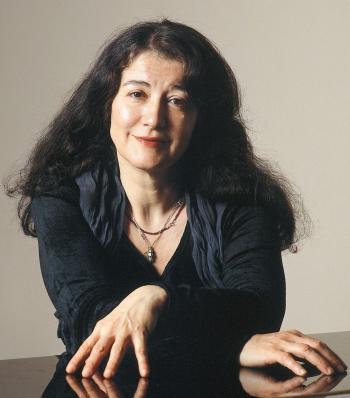
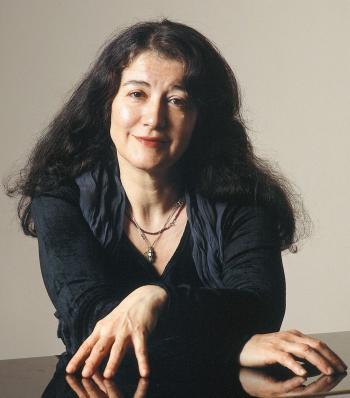
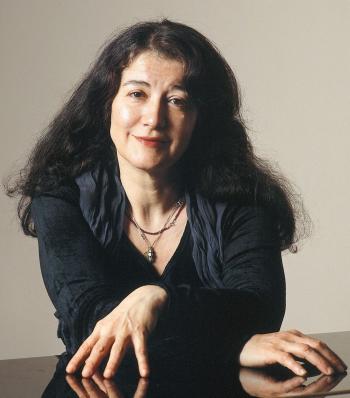
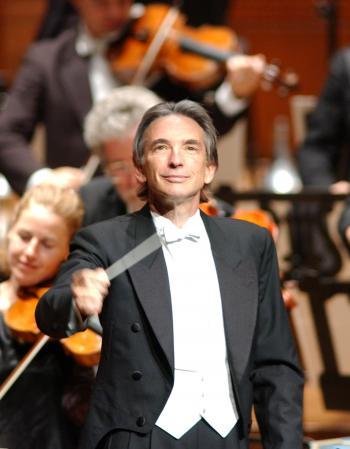
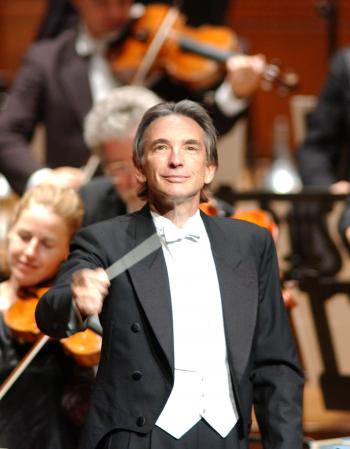
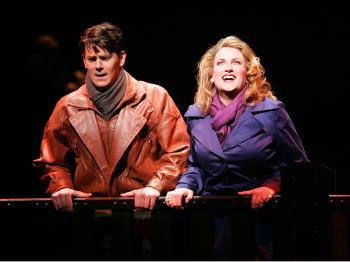
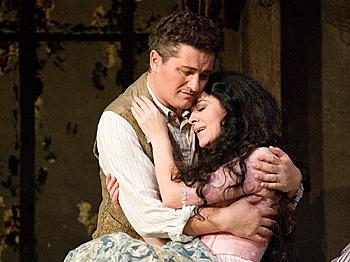
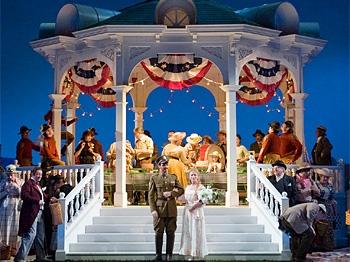
Friends Read Free